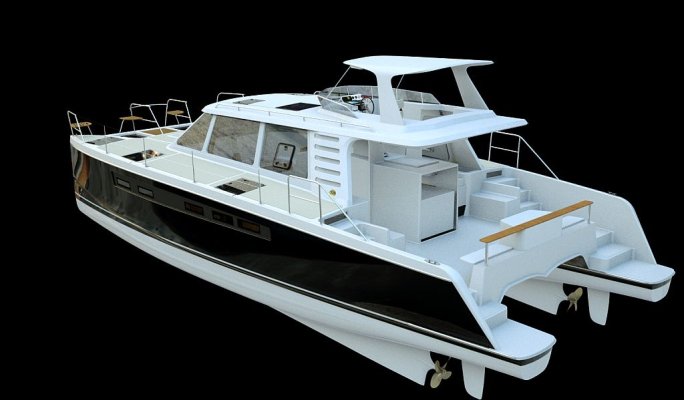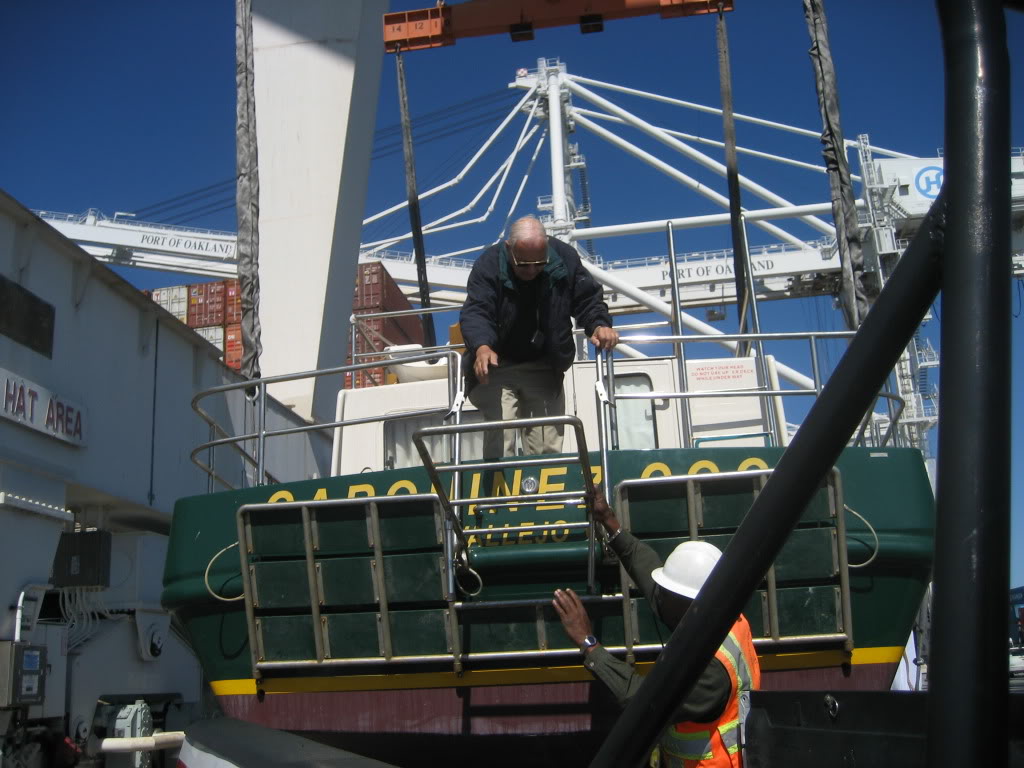Parmenter
Senior Member
Another definition
Recreational trawlers are pleasure boats which resemble fishing trawlers. They can also be called cruising trawlers or trawler yachts. Within the category, however, are many types and styles of vessels.
A fishing trawler for example, always has a displacement hull for load-carrying capacity. Recreational trawlers, on the other hand, are as likely to have a semi-displacement hull. However, with the rising cost of fuel and the lower fuel consumption (though also lower speed) offered by displacement hulls, they are gaining popularity among some buyers. These displacement models typically have a cruising speed of 7-9 knots depending on the boat length. Their maximum speed is often no more than 10-12 knots, whereas semi-displacement hulls can attain 14-20 knots.














